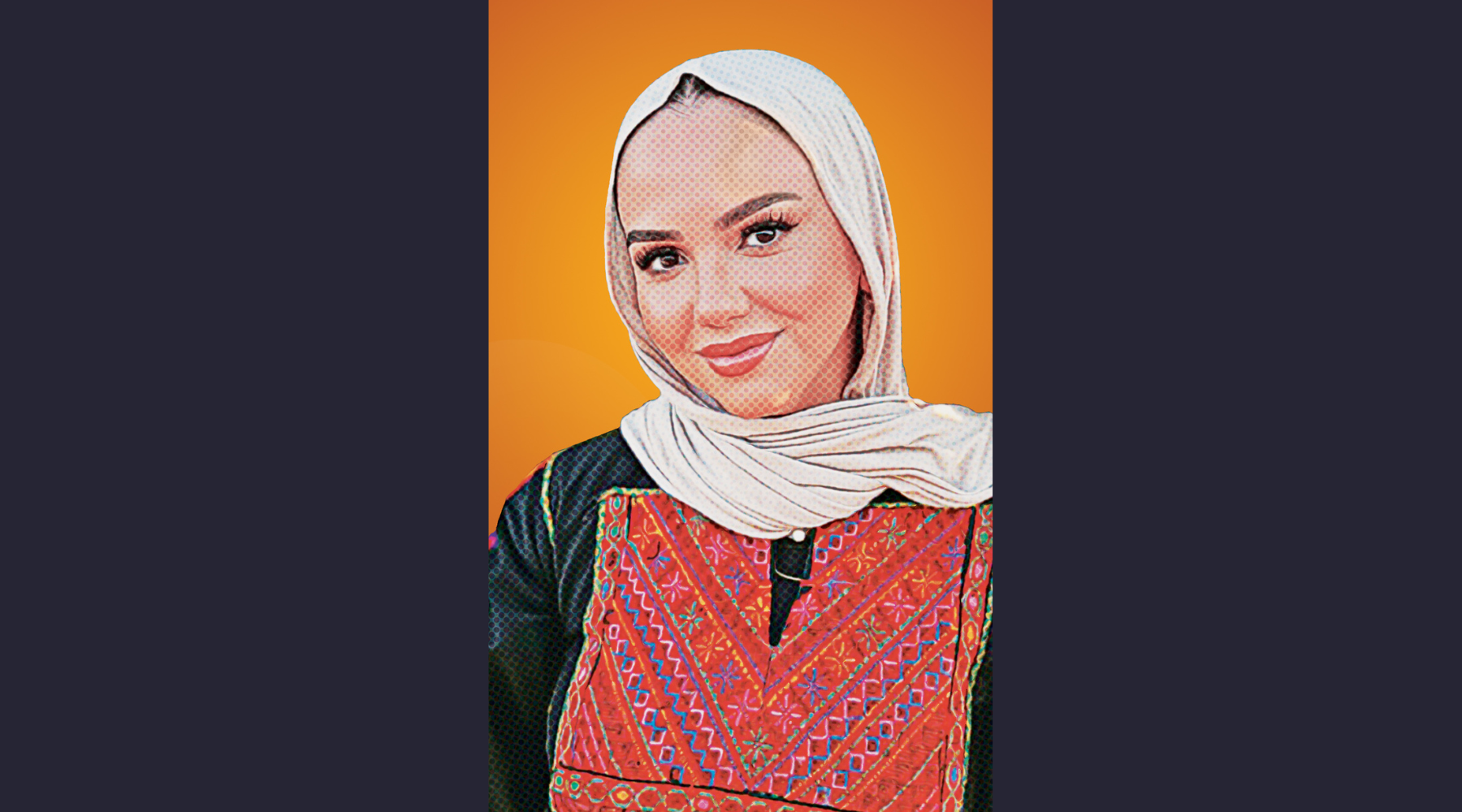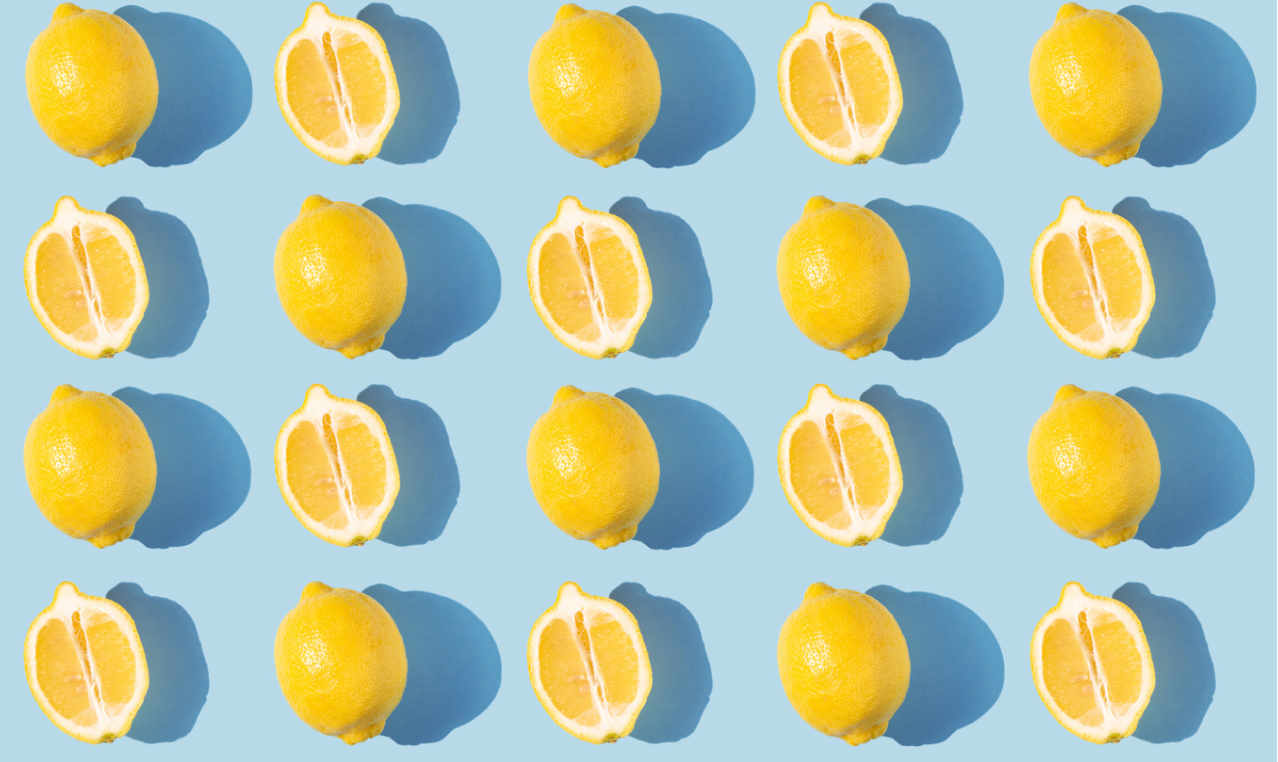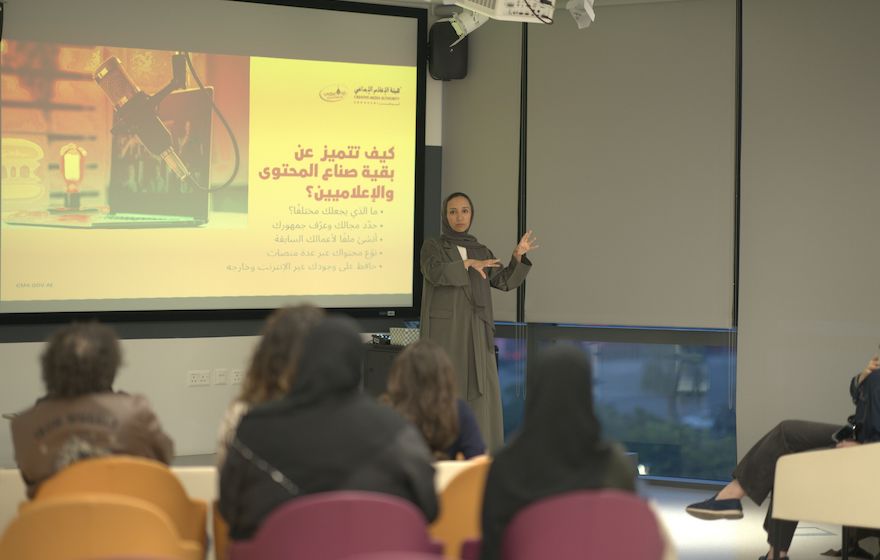
Programmatic advertising, like every other industry, has not been immune to the negative effects of the current pandemic. As countries around the world were locking down their economies in the beginning of Q2, brands frantically cut marketing spend and media budgets. Programmatic media, which traditionally has been dominated by lower-funnel performance-based campaigns, were the first to get cut, especially in industries such as travel and hospitality. IAB’s recent survey of media buyers highlighted that 24% of brands have paused all ad spend for Q2 and that digital ad spend was down 38% in March and April. As a result many, ad tech businesses have seen sharp declines in their media revenues.
Facebook and Google have also not been able to resist slowdowns – Facebook’s ad revenue for the first three weeks in April has been flat compared to the same period one year ago, down from the 17% growth rate they had in Q1. Google’s YouTube’s ad revenue growth in April has slowed to single digits from 33% in Q1, despite consumption growing 15% during the pandemic.
While performance- and conversion-driven advertising has taken a hit, there has been another form of marketing that has been thriving: brands building long-form trust with their audiences through tone-sensitive messaging, positive brand association and social good initiatives. However, most of this advertising has been taking place within the social walled gardens of Facebook. Brands see social as an always-on channel compared to programmatic media. So, while media spend takes a pause, they continue to promote timely and thoughtful content for their social media channels. Whether it is BMW asking their car-loving followers to stay home instead of driving, or Nivea offering free phone calls to loved ones, the most creative pandemic-friendly content is only being driven on social – mostly through the brands’ organic channels.


The smart play
The opportunity for programmatic agencies and media planners is to capitalize on this content that already exists on social and extend it to the open web by repurposing the same creative.
The pandemic has brought unique challenges to creative agencies, even compared to past recessions. The options to travel, develop and produce content are limited and, moreover, campaigns have gotten shorter given the unpredictability of lockdowns. Many advertisers continue to pause or reduce spend on the web due to the lack of display creative being available during the pandemic. Social channels that allow brands to be agile, dynamic and responsive with creative are seeing more spend versus channels where creative is static and fixed.
Programmatic already solves a major pain-point against traditional digital media by automating buying workflows. While resource-constrained teams will be tempted to shift budgets and gain efficiencies of programmatic, access to quality creatives can still be a huge hurdle. That is why the ability to repurpose creative is more relevant than ever right now.
Savvy marketeers and brands have already been capitalizing on social creatives and have seen success. In the last two months, Polar’s platform has seen globally hundreds of campaigns amplifying brands’ marketing messages on social and designed specifically for the Covid-19 crisis. The use-cases we have seen include positive brand associations, public health promotions, local business promotions, and many others. Users who are hungry for positive content are increasingly looking up to brands for leadership and engaging with the creatives. As a result, Polar’s programmatic business has grown over 200% since the world and the economy went into lockdown.
IPG’s Matterkind unit was one the first to offer Polar’s social ads at scale late last year. With Polar, they have since activated campaigns for over 100 clients in 15 markets globally, despite the current climate.
Advertisers must be present on social media during the pandemic and as a result, are building creative first (and often, only) for channels like Facebook and Instagram. Technology can enable publishers and agencies to easily convert social creative to run on the web. In the past year, over 3,000 advertisers have run over one billion social ads on the web with our publisher and agency clients.

The incredible growth we have seen from our clients focused on programmatic workflows over the past two months is a result of two trends coming together: automated buying workflows and the capability to repurpose beautiful creative.

The programmatic advertising landscape was already going through a mini turmoil, even before the physical world was hit by the current pandemic. It was only three months ago, in January, when Google announced that they were going to end third-party cookie support in Chrome, putting a two-year timeline of uncertainty on the entire industry. While there are many in the industry scrambling to find alternate privacy-preserving ways of targeting, perhaps the focus needs to shift from finding the right audience to finding the right messaging that resonates for all.
The future of programmatic is not all doom and gloom. The pandemic can be an opportunity to bring the limelight back to the creative, focus on execution efficiency, and prove the value of thoughtful messaging not only in social but also on publisher sites across the open web. Media agencies who are agile to adopt this new approach will see growth that will last way beyond the pandemic.
The correct approach for programmatic marketing in a post-cookie and post-Covid-19 world is actually the same: high quality and thoughtful creative that drive both trust and conversions.
This article is available in our latest edition that covers everything you need to know about Programmatic advertising here.






